When I first started training my dog, I realized many people confuse Shock Collars and E-Collars. Both are designed to assist in training, but they work differently. A Shock Collar delivers an electrical stimulus to correct unwanted behaviors, while an E-Collar often provides a gentler signal, like a tapping sensation or tone, with adjustable levels of stimulation.
Understanding the differences is important because using the wrong tool or applying it incorrectly can cause stress for your dog. I’ve personally used both during training and can confidently say that knowing which to use and how makes a big difference.
In this article, I’ll guide you through the Shock Collar vs E-Collar debate explaining benefits, key differences, and controversies. My goal is to help you choose the right collar, train effectively, and do so safely.
Personally, I used an E-Collar for off-leash training, and my dog quickly learned commands like “sit,” “stay,” and “come.” The gentle stimulation improved her behavior, making me a firm believer in responsible collar training.
The Benefits of Shock Collar vs E-Collar Training
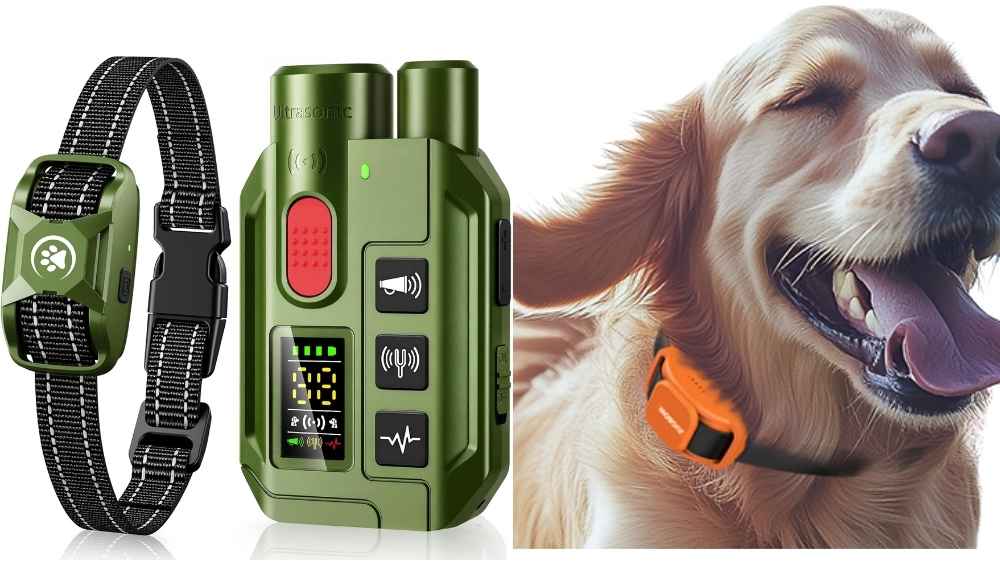
In my experience, both collars are powerful training tools, but they differ in the benefits they provide. One of the biggest advantages of an E-Collar is the ability to train effectively without relying solely on shock. For example, I would use the tapping or tone function to get my dog’s attention first, then use a mild stimulation only if necessary. This approach reinforced commands while keeping my dog calm and comfortable.
Shock Collars, on the other hand, are effective for correcting stubborn behaviors or working with large breeds over long distances. My friend used a high-range Shock Collar for her St. Bernard, and it helped improve recall and obedience during outdoor training. However, it requires careful use, as overuse can stress the dog.
From my personal experience, using an E-Collar made training sessions enjoyable. My dog responded quickly to commands, and I could integrate positive reinforcement such as treats and praise alongside the collar stimulation. This combination created a learning environment where my dog understood what I wanted, without fear or discomfort.
Overall, the main benefit of the Shock Collar vs E-Collar approach is that you can tailor the training to your dog’s temperament, ensuring safety, comfort, and effectiveness. Using these tools responsibly allowed me to gain better control, stronger communication, and a happier dog.
Key Differences Between Modern E-Collars and Old-School Shock Collars
| Feature | Modern E-Collar | Old-School Shock Collar |
| Stimulation Type | Tapping, tone, adjustable shock | Direct shock only |
| Comfort | Padded, small receiver, ergonomic | Basic strap, prolonged contact points |
| Range | Medium to long | Limited distance |
| Control | Precise remote with multiple levels | Simple remote, less adjustable |
| Training Approach | Positive reinforcement + correction | Primarily correction-based |
| Dog Stress | Low if used correctly | Higher if misused |
| Durability | Advanced materials, waterproof | Basic design, less ergonomic |
Modern E-Collars focus on comfort and humane training, while old-school Shock Collars emphasize simplicity and direct correction. This table helped me decide which collar was appropriate for my dog’s needs.
Design
When it comes to design, the E-Collar is clearly more advanced. The receiver is padded, lightweight, and ergonomic, making it comfortable for my dog to wear throughout the day. The collar itself is durable, odorproof, and waterproof, which is ideal for outdoor activities. The remote is small and intuitive, allowing me to control stimulation levels easily without looking at it constantly.
Traditional Shock Collars tend to have a simpler design. The strap may be basic nylon or plastic, and the receiver is often larger and less ergonomic. While functional, prolonged use may be uncomfortable for some dogs.
Remote usability is another important factor. With an E-Collar, the buttons are well-positioned for vibration, tone, and shock. This makes training more precise and allows you to communicate commands efficiently. Shock Collars usually have fewer options and require more attention to control settings, making the Shock Collar vs E-Collar difference noticeable in everyday use.
Functionality and Performance

In terms of performance, the E-Collar provides more precise communication. My dog responded immediately to the tapping and tone features, and I only needed mild stimulation when she was distracted. This approach accelerated her learning and reinforced proper behavior without causing stress.
Shock Collars, especially high-range models, are extremely effective for larger dogs or outdoor training. They provide consistent stimulus over long distances and can be used with multiple dogs. However, their reliance on stronger shocks makes responsible use crucial.
Personally, I found that the E-Collar allowed me to train consistently, while maintaining a calm and cooperative dog. Using either tool effectively requires understanding the dog’s temperament, observing reactions, and adjusting stimulation levels as needed.
Ease of Use and Setup
Setting up my E-Collar was straightforward. Pairing the remote with the receiver took seconds, adjusting stimulation was intuitive, and charging was quick. The ergonomic design of the remote made training easy, even during long sessions.
Shock Collars are also user-friendly, but some models, especially those with dual channels or long-range capability, can feel bulkier or more complicated. The Jugbow model I observed allowed training of two dogs simultaneously, which is convenient for multi-dog households.
For anyone new to collars, I found E-Collars to be more intuitive, making it easier for you to focus on training your dog rather than managing the technology.
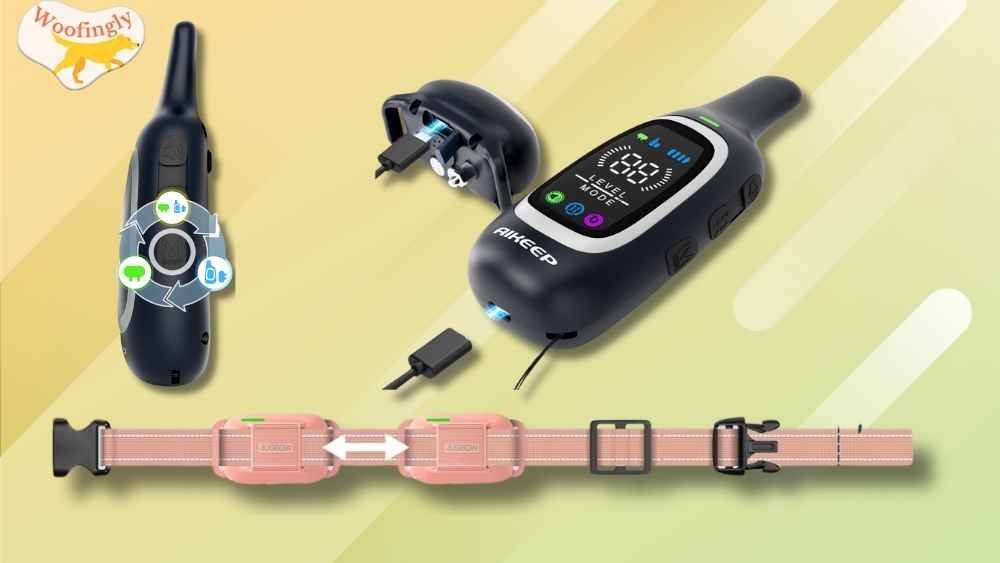
Durability and Safety
Both collars are designed for durability. The E-Collar uses waterproof materials and has a small, secure receiver that can handle daily wear. Ethical use is key: prolonged high-intensity stimulation can stress a dog, so it’s important to monitor your dog and combine collar use with positive reinforcement.
Shock Collars are also durable and effective, but improper use can cause discomfort or fear. Using collars responsibly is crucial for safety. I learned that observing my dog’s response and adjusting intensity accordingly ensures a positive experience for both of us.
Pros and Cons
| Category | Pros | Cons |
|---|---|---|
| E-Collar | – Humane and safe for small to medium dogs. – Adjustable stimulation levels for better control. – Ergonomic, lightweight, and waterproof. – Supports positive reinforcement training. – Effective for recall and obedience training. | – Higher cost compared to basic shock collars. – Requires knowledge of proper use. |
| Shock Collar | – Affordable and widely available. – Suitable for large breeds and long-distance training. – Multiple modes for flexibility. – Durable and waterproof – Simple design. | – Relies more on negative reinforcement. – Less ergonomic and comfortable for prolonged use |
The Controversy of Shock Collar vs E-Collar
There is significant debate over the use of Shock Collar vs E-Collar. Critics worry about potential harm, while proponents emphasize responsible use. Modern E-Collars are often misunderstood; they provide gentle stimulation rather than pain. Misconceptions create fear among pet owners, but the reality is that collars are communication tools.
Experts recommend using collars only when you understand training principles. Combining them with positive reinforcement, basic obedience commands, and consistency is key. Misuse of any collar can lead to stress or fear, which is why responsible application is essential.
Who Should Use Each
| Collar Type | Ideal User | Dog Type |
| E-Collar | Owners seeking humane, effective training | Small–Medium, active dogs |
| Shock Collar | Owners needing strong correction | Medium–Large dogs, stubborn breeds |
FAQs
Are E-Collars safe for all dogs?
Yes, if used properly. Adjust stimulation according to your dog’s size and temperament. Pairing with positive reinforcement ensures safe, effective training.
Can Shock Collars be used on small dogs?
Generally, they are best for medium and large dogs. Small dogs may be sensitive to high-intensity shocks, so an E-Collar is a better choice.
How far can these collars work?
E-Collars like the Educator ET-300 reach around 1/2 mile. Some Shock Collars, like the Jugbow model, reach up to 4200FT, ideal for outdoor training.
Do these collars cause pain?
Modern E-Collars primarily use tapping or tone signals, causing minimal discomfort. Shock Collars provide brief stimuli. Proper use prevents pain while maintaining attention.
Which collar should I choose?
Consider your dog’s size, temperament, and training goals. E-Collars are ideal for comfort and humane methods. Shock Collars are effective for stubborn, large breeds with careful monitoring.
Final Thought
After using both types, I’ve found that understanding Shock Collar vs E-Collar is vital for successful training. E-Collars offer humane, precise, and effective communication, making training enjoyable and stress-free. Shock Collars provide strong correction for stubborn dogs but require careful handling.
Responsible use is essential. Combine any collar with positive reinforcement, clear commands, and consistent training. Choose based on your dog’s temperament, size, and your goals. Modern E-Collars offer advanced safety features, ergonomic design, and adjustable stimulation, which makes training safer and easier.
For me, the E-Collar has been a game-changer. It strengthened communication, improved obedience, and built trust with my dog. Using it responsibly, you can enjoy the same benefits, ensuring a happy, well-behaved, and safe companion.

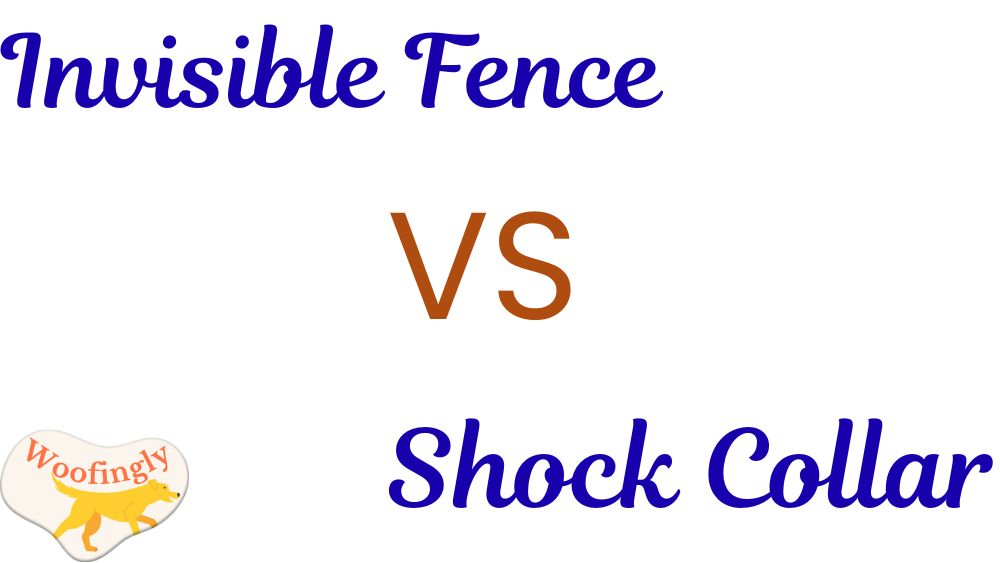
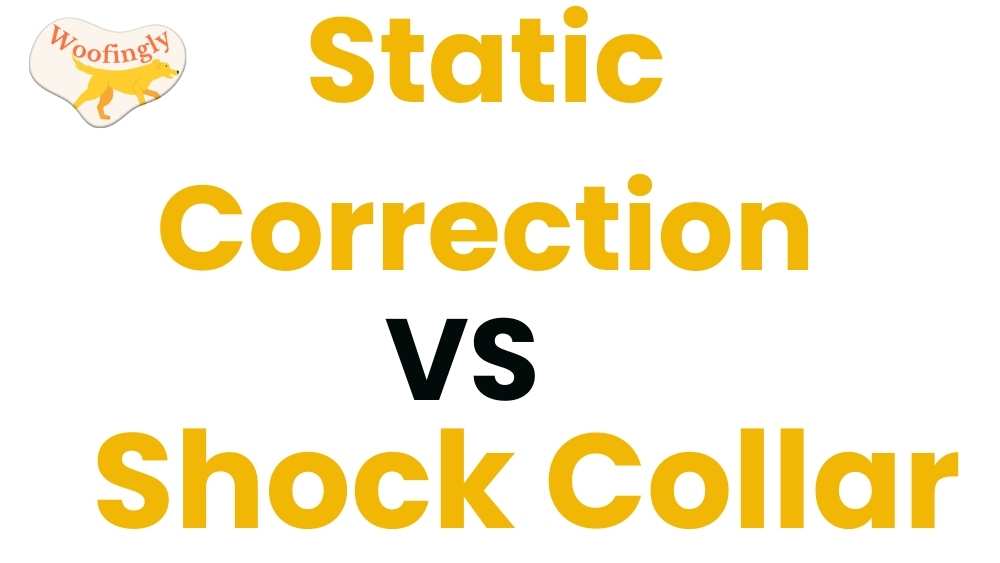
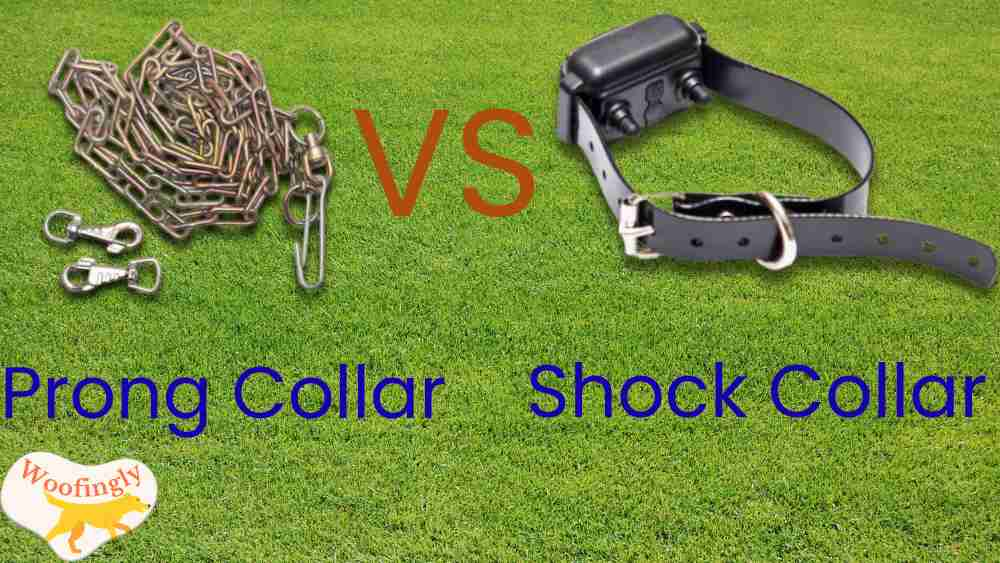
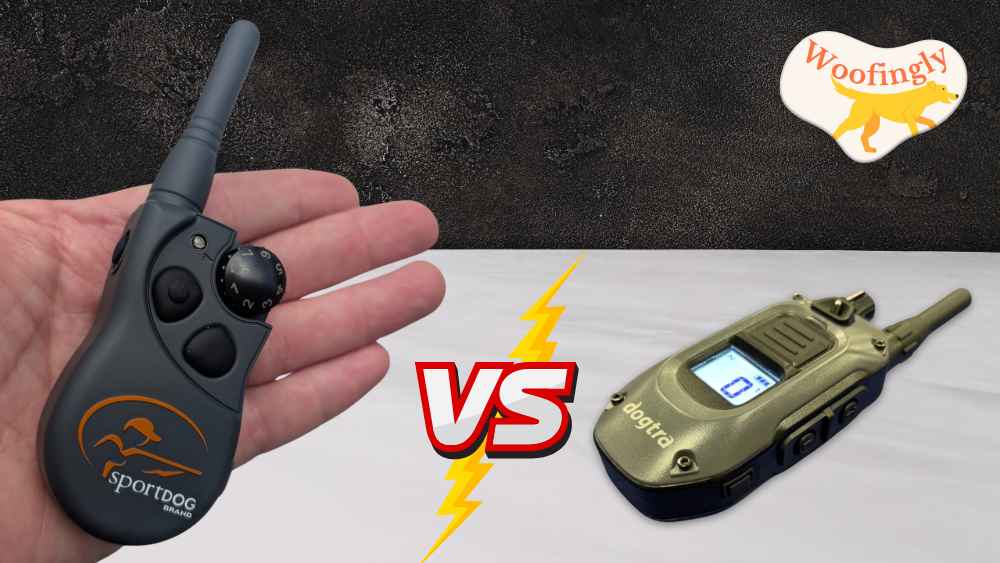
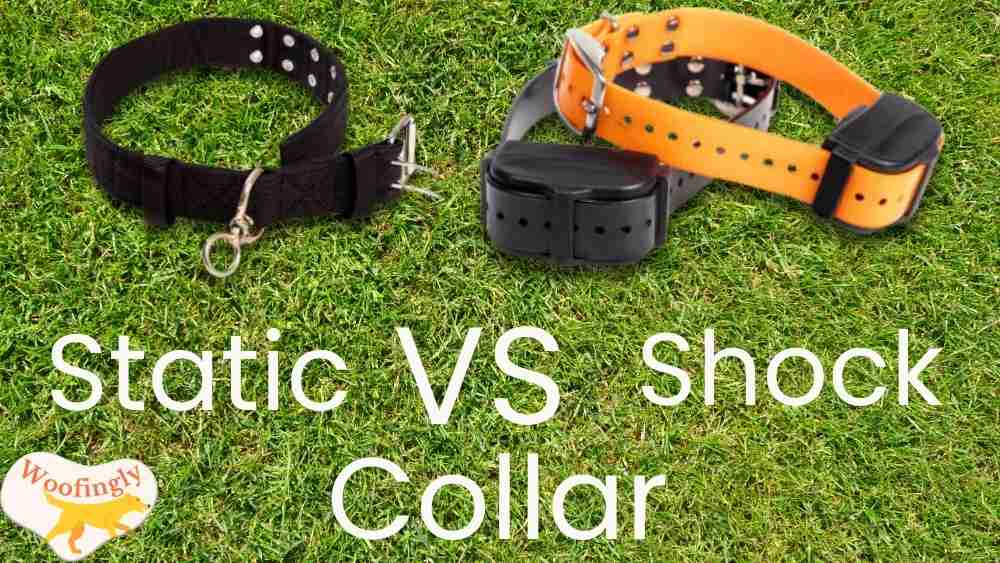
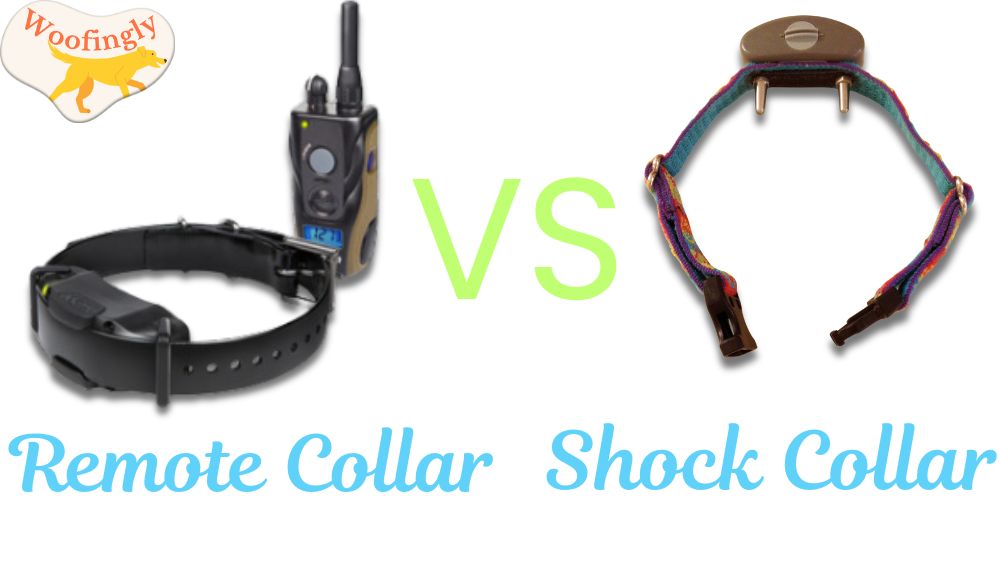
Leave a Reply